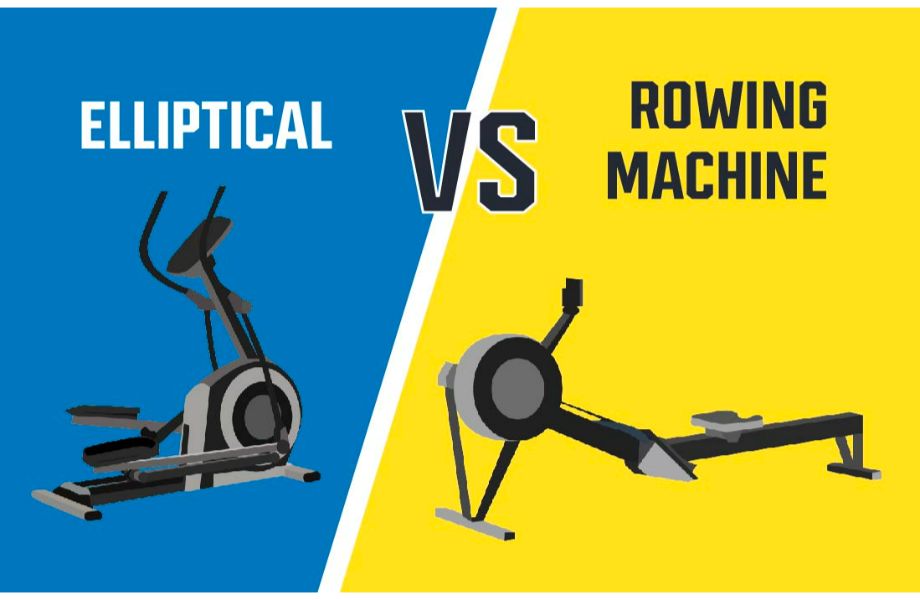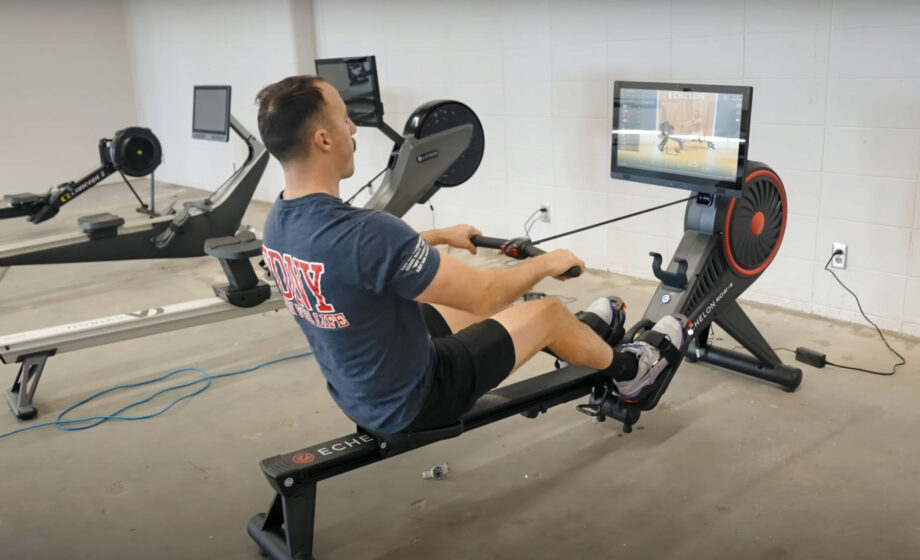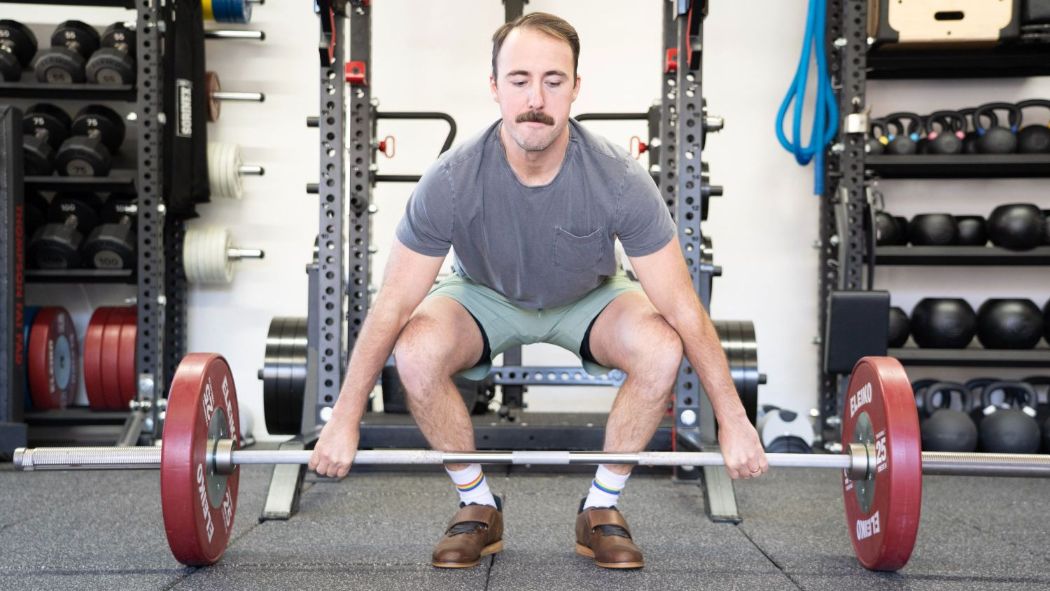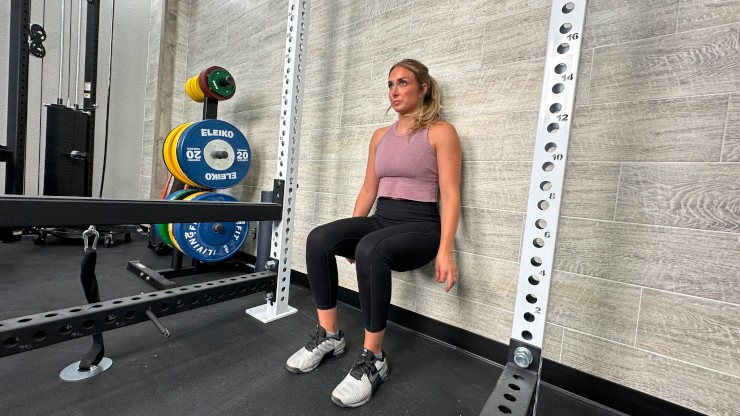There’s no cut-and-dry answer, and (as usual) it all really depends on your goals and needs.
When it comes to cardio, you have a lot of choices in fitness equipment. If you’re trying to throw some variety into your routine, you might be wondering which piece of equipment—a rowing machine or an elliptical—gives you a better workout.
Here, we’ve put both machines head to head in a rowing machine vs elliptical standoff. We’ll go through how each machine works, the benefits of each, and how they’re similar and different so you can make the best choice for you.
Medical disclaimer: This article is intended for educational and informational purposes only. It is not a substitute for health or medical advice. For medical advice, contact an appropriate healthcare provider.
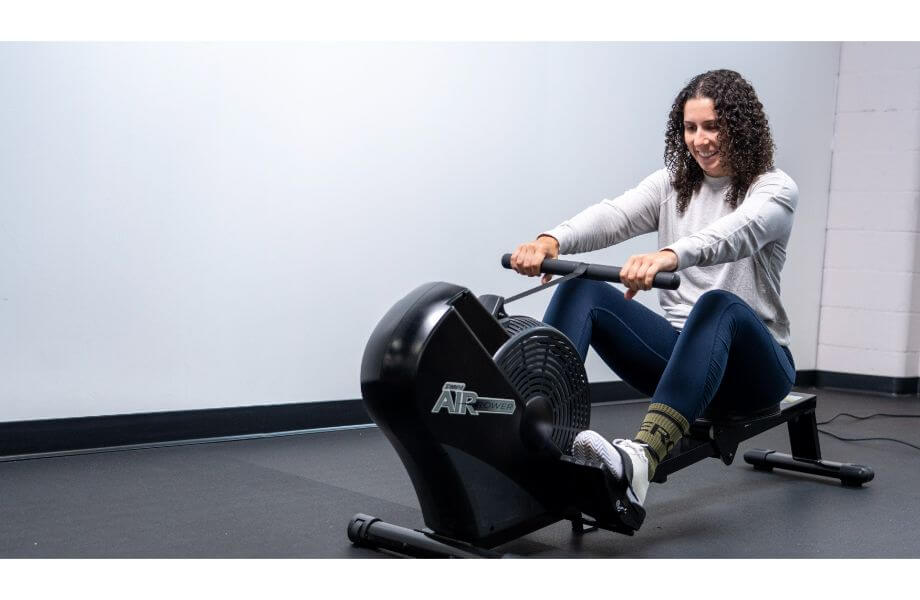
How Does A Rowing Machine Work?
On a foundational level, rowing is a form of cardio exercise. But a rowing machine really combines cardio with light resistance training, giving you a full-body workout. Rowing machines have a sliding seat, a handle attached to a pull cord, and fixed foot pedals that allow you to mimic the motion of rowing on the water at home (or at the gym).
To get the most out of your rowing workout, keep these form tips in mind:
- Sit in a neutral position, looking forward and engaging your core.
- Rest your feet on the heel cradles.
- Push with your legs, driving through your heels.
- Lean back to create a 100-degree angle between your torso and legs.
- Pull with your arms as you reach the end of your lean.
- Return to the starting position.
For more on how to use a rower, read our full guide on how to perfect your rowing form.
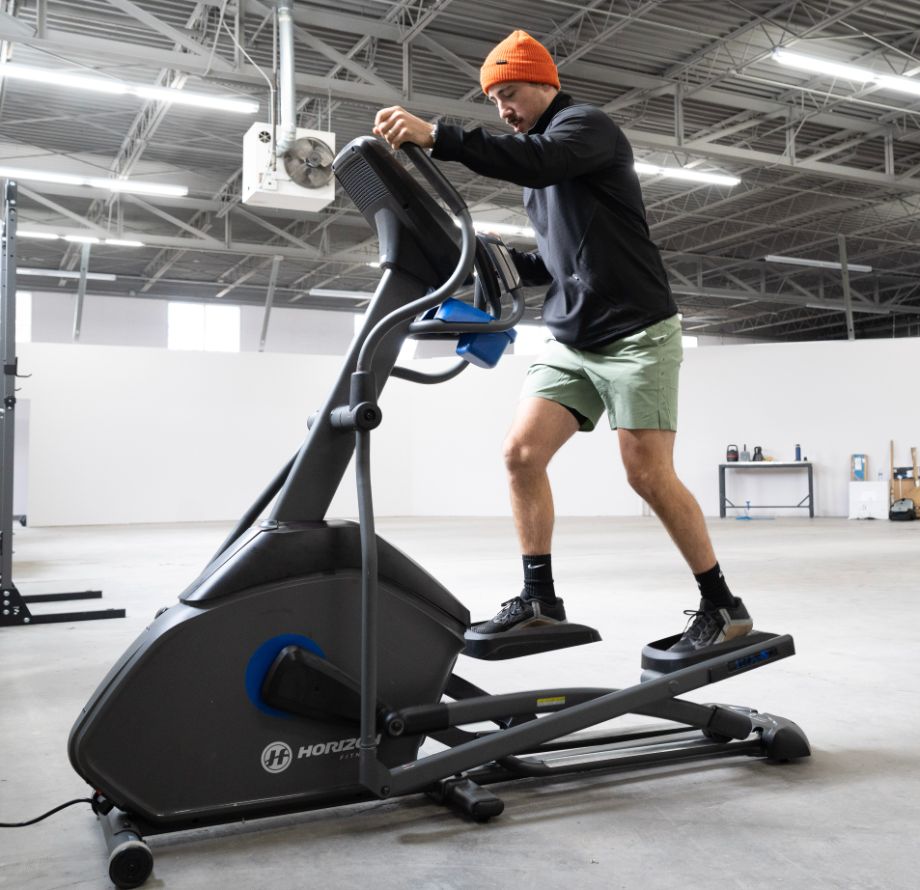
How Does an Elliptical Work?
Like rowing, an elliptical trainer provides a low-impact cardio workout that’s easy on your joints. Somewhat of a hybrid between a stair climber and an exercise bike, ellipticals force you into a gliding motion that resembles running, but without the high-impact pounding that comes with running on a treadmill. Most ellipticals also have movable arms that let you get your whole body involved in the workout.
To get the most out of your elliptical workout:
- Stand up straight.
- Hold the handlebars (but don’t lean on them).
- Move your feet in a similar way to running, rolling through the entire length of your foot with each pedal stroke (don’t put too much weight on the toes or balls of your foot).
- Pay attention to your stride length: Taking strides that are too short makes your workout less efficient (just like in running workouts). Ellipticals with adjustable stride lengths allow you to fine-tune your stride to get the most out of your training.
Related: Read our Body Rider Fan Elliptical Trainer review.
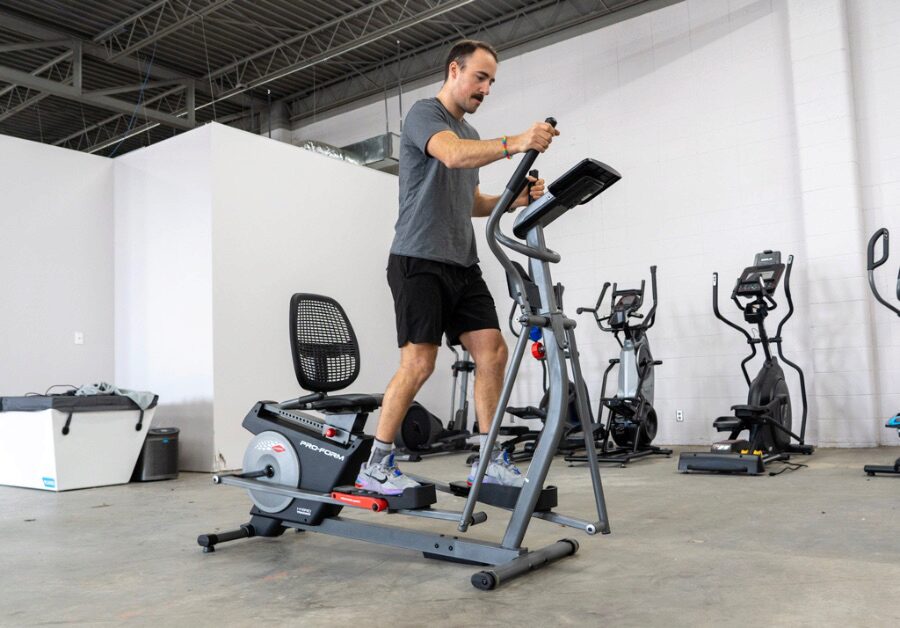
Benefits of Rowing Machines
Rowers come with a ton of rowing machine benefits. They provide a fantastic form of cardiovascular exercise, as well as moderate strength training thanks to the resistance of the flywheel, according to Amanda Capritto, certified personal trainer and health coach. She says that rowing on a regular basis can:
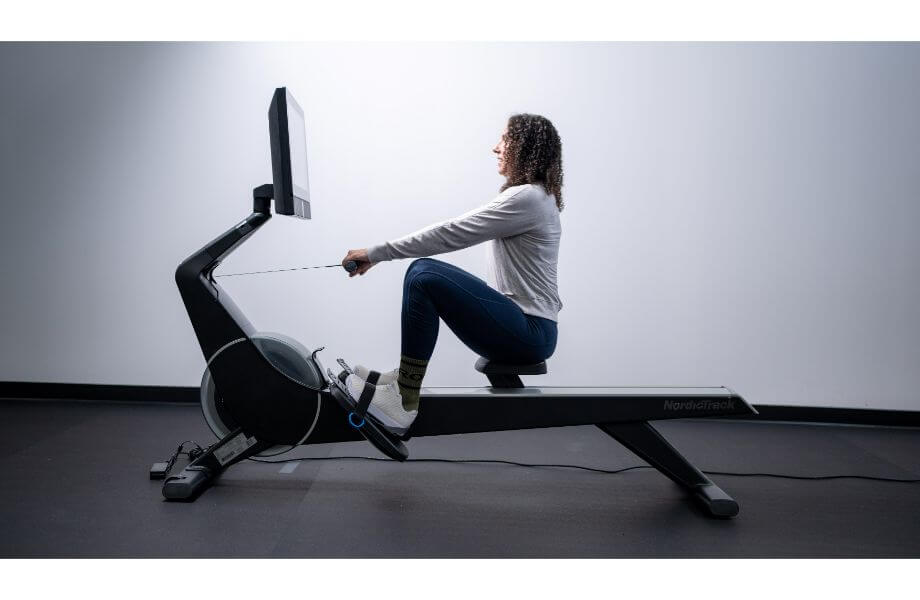
- Support your cardiovascular system by improving your heart health and overall metabolic health.
- Increase your cardiovascular and muscular endurance.
- Contribute to successful long-term weight loss and/or maintenance, when in conjunction with other healthy lifestyle habits (like getting enough sleep, hydrating, and eating plenty of nutrient-dense foods).
Rowing also increases upper-body and lower-body strength, increases cardiorespiratory endurance, and helps build muscle over time. Rowing may also reduce stress, thanks to the repetitive motions, which can be quite meditative, and to the well-documented mental health effects of cardio exercise.
RELATED: Rowing Machine Workouts
Benefits of Ellipticals
Like rowers, ellipticals are an excellent form of cardio exercise. This type of exercise machine can boost your endurance and stamina, plus provide all of the medical benefits of cardio workouts, Amanda says. And while both machines can provide a low-impact workout, ellipticals are less of a weight-bearing exercise than other types of cardio, like running, and are especially easy on the joints.
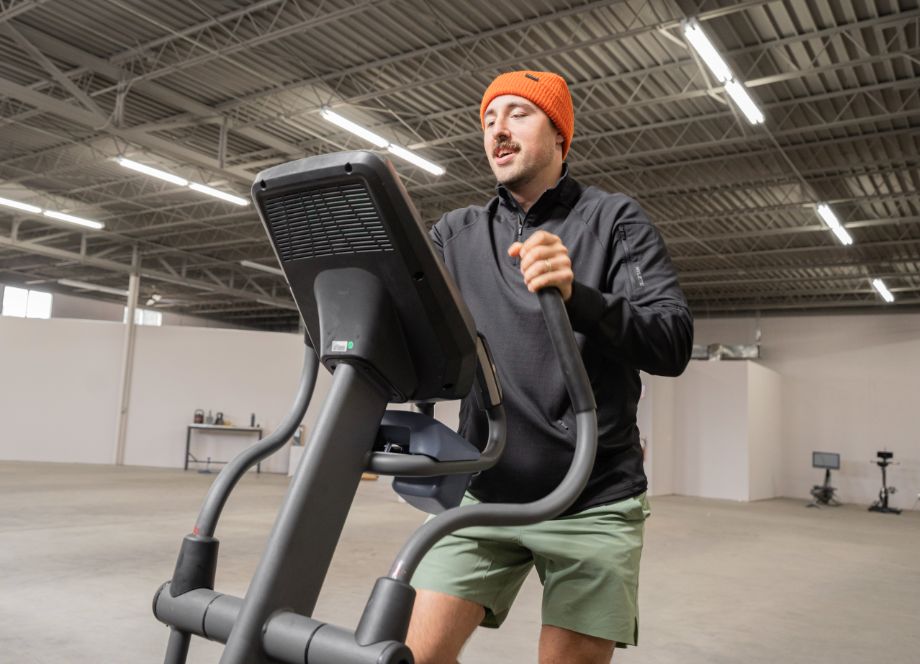
Ellipticals are also versatile: Most models have moving arms that work your upper body, and allow you to target different muscle groups by changing the resistance level, incline, and direction of your pedal stroke. By increasing the incline, you can force your glutes to work a little harder. Decrease the incline and you’ll feel the burn in your quadriceps.
Using an elliptical machine regularly may also help improve your balance and mobility by strengthening your core muscles.
Rowing Machine vs. Elliptical: Key Similarities
While the two machines are pretty different as far as movement goes, they share some similarities, too. Both types of cardio machines provide low-impact cardiovascular training, and both engage muscles in the upper and lower body, according to Amanda.
Versatility
“One thing I love about both machines is that they can be used for gentle recovery workouts as well as high-intensity, interval-style training. On either machine, it’s really as hard or as easy as you make it,” she says.
Beginner-Friendly
Both machines are also very beginner-friendly. Once you get the proper technique down, you can execute effective workouts—no previous experience required.
Total-Body Workout
If one thing is for certain, both types of equipment will work multiple muscles in your body and get your heart rate up. Although the movement pattern is different, a workout session on either machine will provide all of the benefits of cardiovascular exercise.
Rowing Machine vs. Elliptical: Key Differences
While you’ll get the same overall result—better cardiovascular health and improved endurance—with either type of cardio equipment, there are some key differences between the two cardio machines.
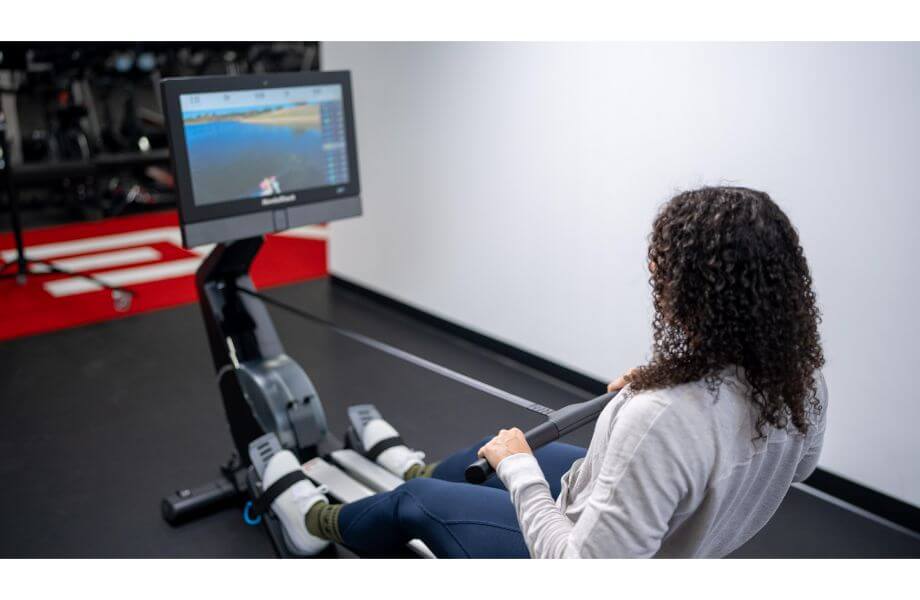
Muscles Worked
“For one, ellipticals are upright, meaning the exerciser is in a standing position, whereas rowing is a seated exercise,” says Amanda. And while both also target major muscle groups, rowing primarily engages the upper back muscles, hamstrings, and glutes; elliptical training primarily engages the quads, deltoids, and calves.
The two types of exercise equipment take you through a very different range of motion. On a rowing machine, you glide through a bilateral, horizontal movement pattern in the sagittal plane. Think of it this way: Your upper body is performing something similar to a barbell row and your lower body is performing something similar to a squat.
On an elliptical machine, on the other hand, you’ll be in a more upright position, but again moving in the sagittal plane. Your upper body will move as if you’re using a punching bag, and your lower body will move as if you’re taking large strides on a walk or jog.
Space Considerations
Another difference is in the size. Both machines take up a decent amount of floor space when fully expanded, but many rowing machines are foldable, whereas ellipticals generally are not. Ellipticals also take up a lot more vertical space, so you’ll have to make sure you have enough overhead clearance if you’re planning to use one at home.
Price
There’s a difference in price between a rowing machine and an elliptical, too. While you can get entry-level machines for $500 to $800, expect to shell out around $1,000 (for a rower) to $3,000 (for an elliptical) if you want a commercial-grade unit.
For reference, our top pick for the best rowing machine, the Concept2 Model D Rower, retails for $1,100 on Amazon. Our best elliptical machine pick, the NordicTrack AirGlide 14i, retails for about $1,800.
Rowing Machine vs. Elliptical: Final Verdict
If you’re looking for an effective, low-impact cardio workout, both a rowing machine and an elliptical can deliver. Both machines are also beginner-friendly, and suitable for everything from recovery workouts to HIIT-style training. One thing to note: You’ll need more space if you want to add an elliptical to your home gym.
FAQs
Here we answer some commonly asked questions about ellipticals vs. rowing machines:
Which burns more calories: a rowing machine or an elliptical?
Calorie burn depends on a lot of things, like your body size, body composition, fitness level, and level of effort you’re putting into exercising. Because of this, it’s tough to objectively say whether a rowing machine or an elliptical burns more calories, according to Amanda.
But, based on information from the Compendium of Physical Activities, if a person spent 30 minutes rowing or 30 minutes doing elliptical training at a moderate intensity, they’d burn a very similar number of calories.
“The important thing here (and always) is consistency,” she says. “If your goal is to burn more calories over time (versus in a single workout, which is negligible anyway), you should choose the type of exercise you enjoy more.”
Is a rowing machine or an elliptical better for bad knees?
If you have bad knees, you should definitely check in with your doctor before training on any type of machine. That said, Amanda says that in her experience as a personal trainer, more people with achy knees prefer ellipticals to rowers.
“While rowing is certainly a low-impact form of exercise, elliptical training doesn’t require quite as much flexion in the knee joint,” she says, adding that “Flexion past the point of 100 degrees can be painful for people with arthritis, and to row with good and safe technique, you’ll have to surpass that angle of flexion.”
Is a rowing machine or an elliptical better for weight loss?
Both machines can facilitate successful, long-term weight loss; the key is consistency, according to Amanda. “I can’t overstate the importance of choosing the machine that is more appealing to you and makes you want to actually exercise,” she says.
Is an elliptical machine or rower better for back pain?
Most people with back pain will likely find an elliptical to be the better choice, Amanda says. She explains that since an elliptical requires an upright position as opposed to a seated position, there isn’t as much pressure on the lower back during exercise.


